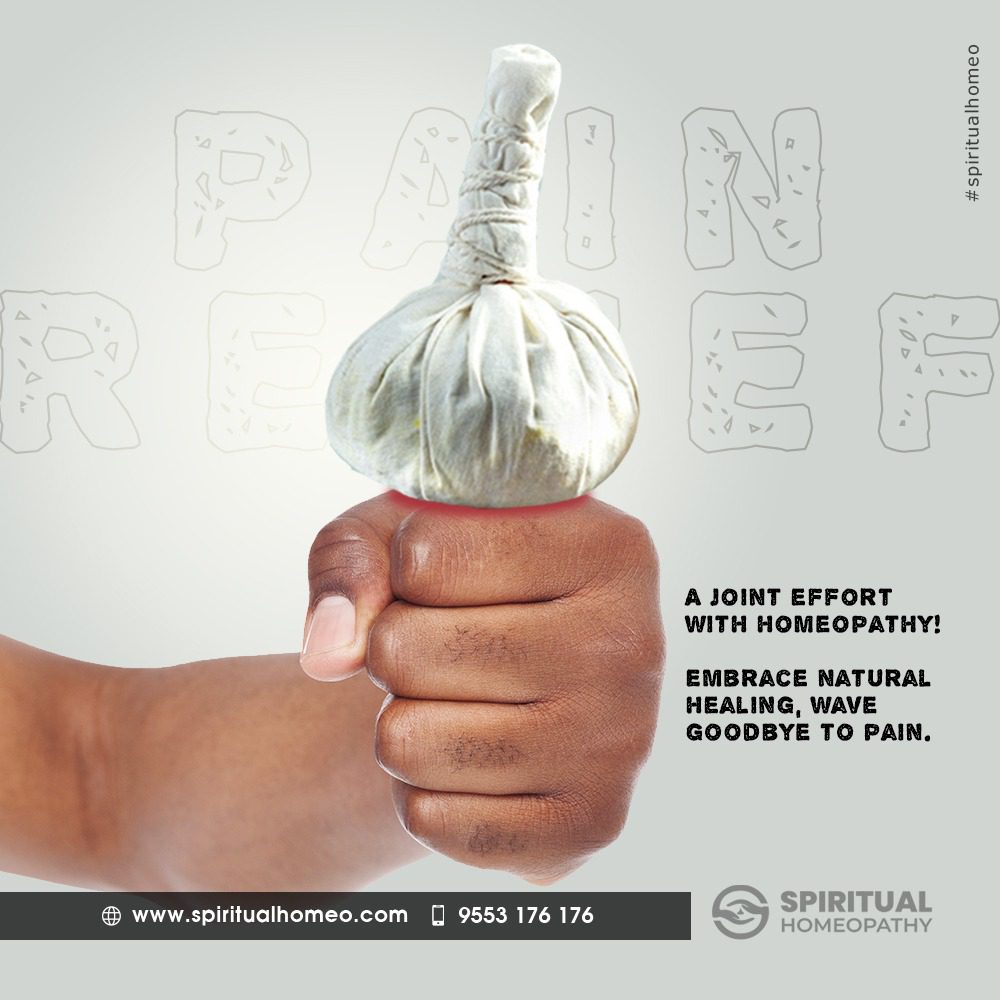Pain relief can be achieved through various methods, depending on the type and cause of pain. Here are some common approaches:
Over-the-Counter (OTC) Medications:
- Acetaminophen (Tylenol): Effective for mild to moderate pain, but it does not have anti-inflammatory properties.
- Nonsteroidal Anti-Inflammatory Drugs (NSAIDs): Include ibuprofen (Advil, Motrin) and naproxen (Aleve), which reduce inflammation and relieve pain.
Prescription Medications:
- Stronger medications may be prescribed for more severe pain, such as opioid analgesics. It’s essential to use these under a doctor’s guidance due to the risk of dependence and side effects.
Topical Analgesics:
- Creams, patches, or ointments containing ingredients like menthol, camphor, or NSAIDs can provide localized pain relief.
Physical Therapy:
- Exercise and stretching programs, as well as manual techniques, can help alleviate pain and improve mobility.
Heat and Cold Therapy:
- Applying heat packs or cold packs can help reduce inflammation and numb pain. Heat is typically more beneficial for chronic conditions, while cold is often used for acute injuries.
Massage and Bodywork:
- Techniques like massage, chiropractic adjustments, and acupuncture can help reduce muscle tension and promote pain relief.
Mind-Body Techniques:
- Practices such as meditation, deep breathing, and mindfulness can help manage pain by promoting relaxation and reducing stress.
Lifestyle Changes:
- Maintaining a healthy lifestyle, including regular exercise, a balanced diet, and proper sleep, can contribute to overall well-being and pain management.
Injections:
- Corticosteroid injections may be used for localized pain relief, especially in conditions involving inflammation.
Surgery:
- In cases where pain is due to a structural issue or injury, surgery may be recommended as a last resort.
It’s important to note that the choice of pain relief method depends on the specific nature of the pain, its underlying cause, and individual health considerations. Always consult with a healthcare professional before starting any new pain management strategy, especially if you have pre-existing health conditions or are taking other medications.




